Moroccan Kasbahs: Time-Tested Fortresses in the Sands
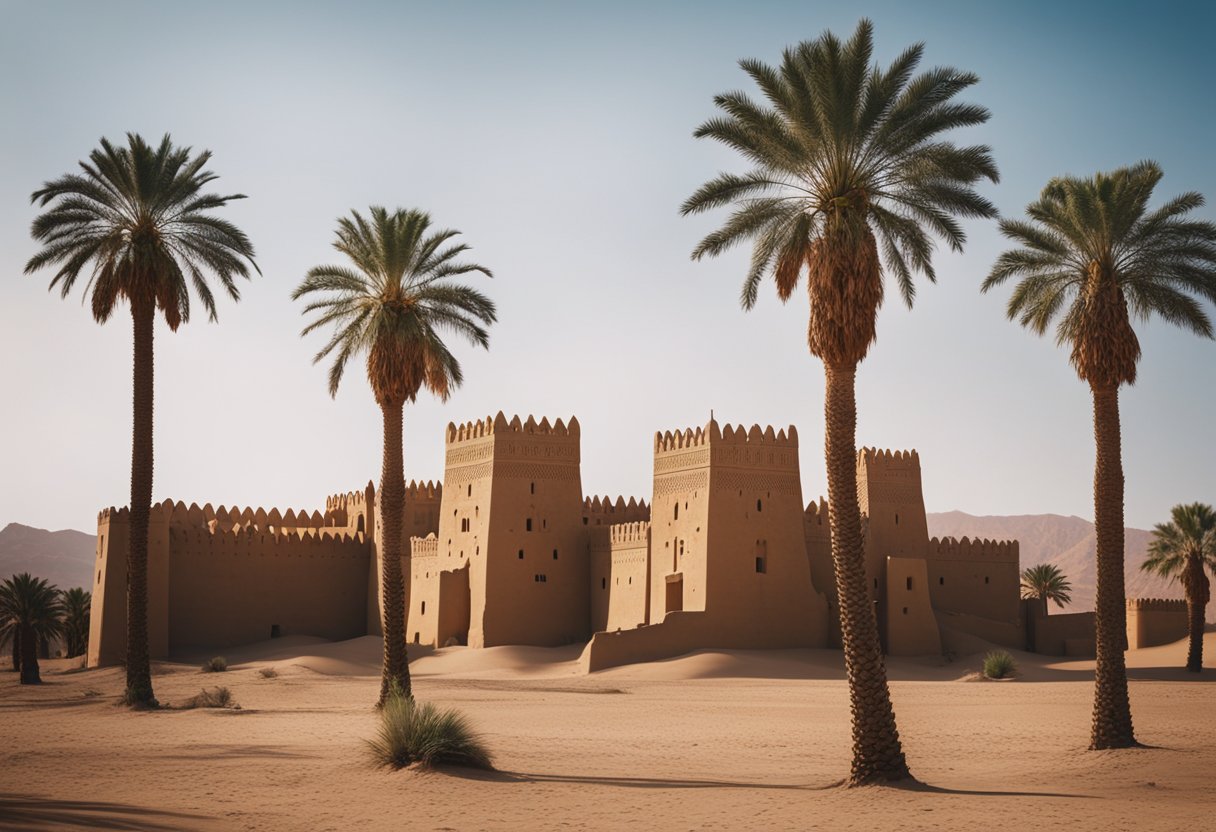
Updated On: April 17, 2024 by Raghda Elsabbagh
Moroccan Kasbahs are enduring symbols of the nation’s rich history, manifesting as architectural marvels scattered throughout the desert landscapes and mountainous terrains. These ancient fortresses, with their earthen construction and defensive features, stand as testimony to a bygone era of sultans and caravan routes. Our exploration will take us through the labyrinthine passageways of history, uncovering the stories etched in their formidable walls, revealing not only the history of Morocco but also the evolution of its culture.
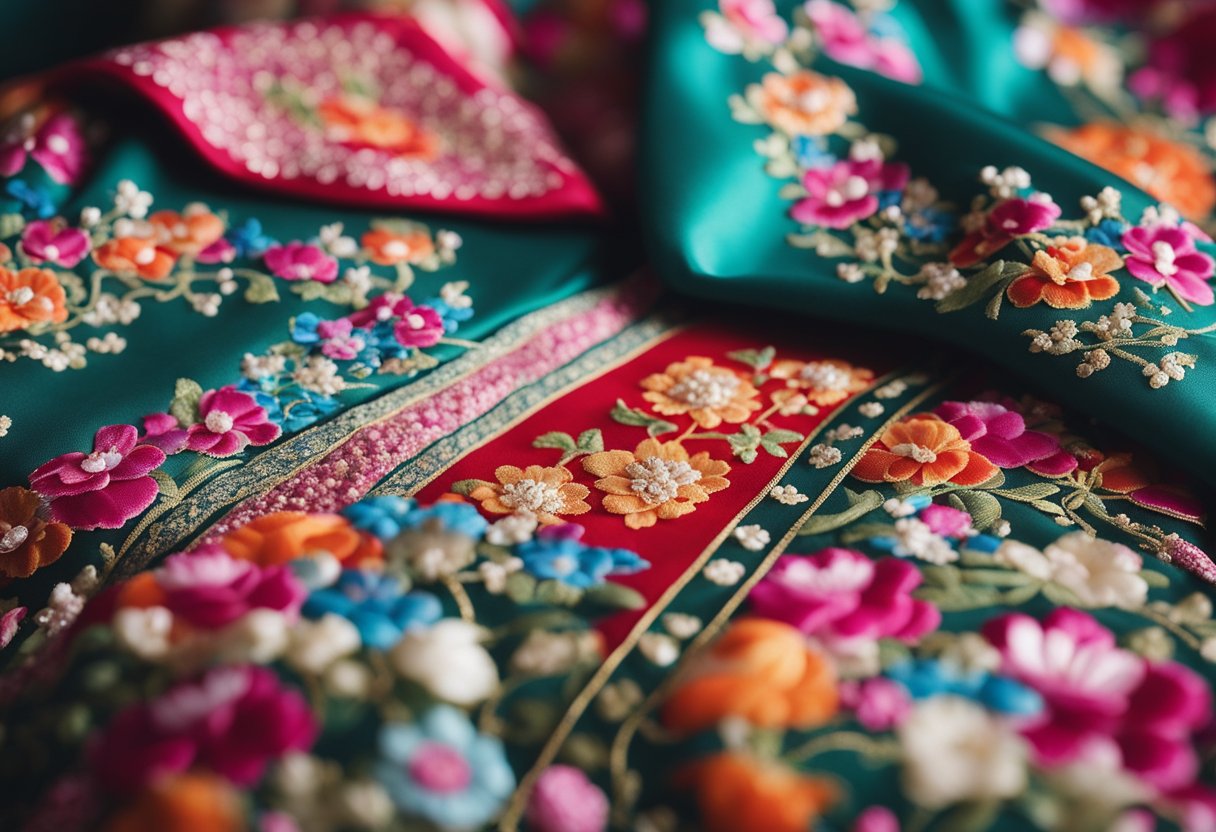
As time capsules, they provide invaluable cultural insights into Moroccan life, reflecting a blend of Berber, Arab, and African influences. For travellers, these Kasbahs represent the intersection of natural beauty and human craftsmanship, where every turret and alley speaks of both the ingenuity of their design and their inhabitants’ adaptation to the harsh Saharan environment. Recognising their cinematic allure, many of these kasbahs have also played host to iconic films, cementing their place in both cultural history and popular imagination. They remain living communities today, where traditional lifestyles persist, yet open their gates to tourism, balancing modern demands with cultural integrity.
Table of Contents
The Historical Significance of Moroccan Kasbahs
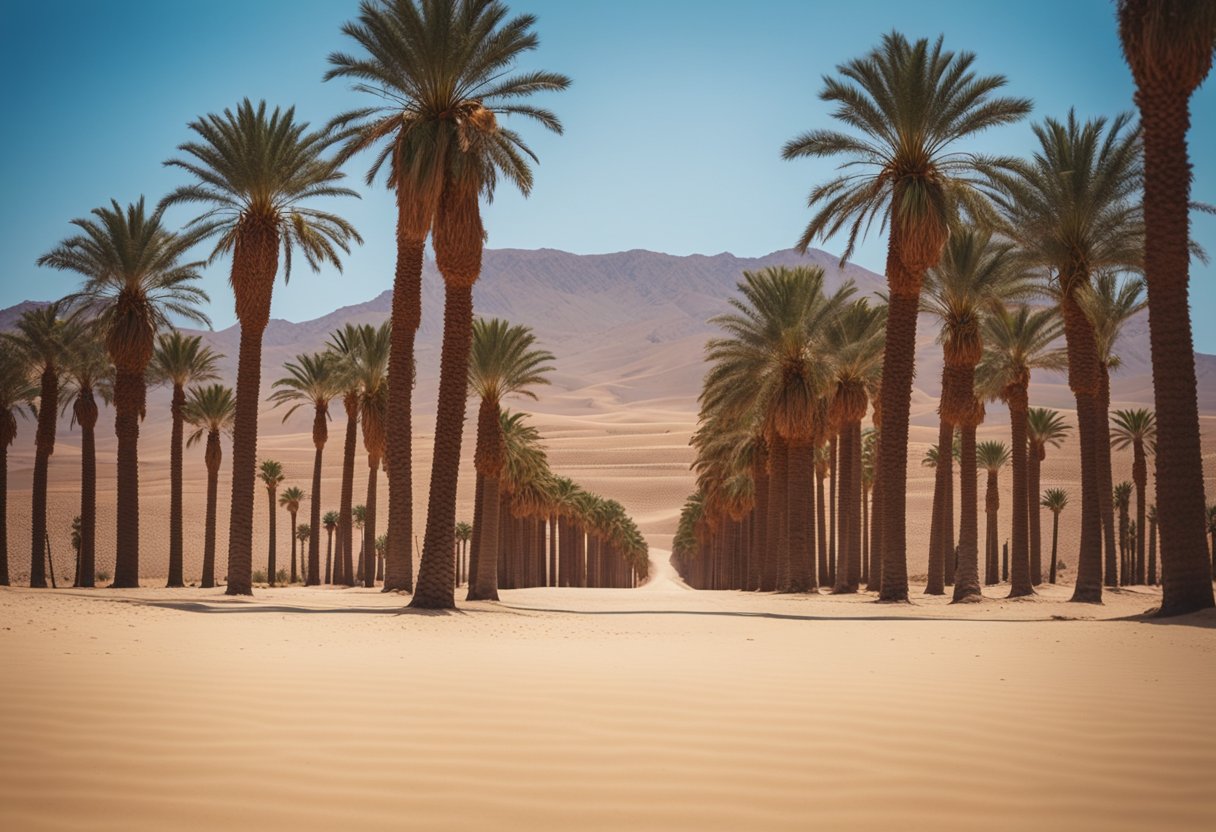
Moroccan Kasbahs are monumental testaments to the region’s strategic and cultural history, serving as fortified oases amidst the unforgiving Saharan landscapes. Their preservation as UNESCO World Heritage Sites underscores their global importance.
17th-Century Foundations
The 17th century witnessed the rise of numerous kasbahs throughout Morocco, functioning as important administrative and defensive strongholds. Among the most famous is Ait Benhaddou, which sat strategically along the caravan routes, linking the Sahara desert with the city of Marrakech and beyond. This earthen-clay architecture not only offered protection but also prospered as a bustling trade hub, facilitating the flow of goods like gold, salt, and textiles.
UNESCO World Heritage Sites
Several Moroccan kasbahs have attained recognition as UNESCO World Heritage Sites, a testament to their universal value. The Kasbah of Ait Benhaddou, for instance, is celebrated not only for its historical significance but also for its star turns in films such as “Lawrence of Arabia” and “Gladiator,” illustrating these sites as living pieces of history. Meanwhile, the Kasbah of the Udayas in Rabat is another World Heritage Site, notable for its role in Moroccan society and its unique contributions to the Islamic and Moroccan cultures.
Architecture and Design of Moroccan Kasbahs
Moroccan Kasbahs are an enchanting exhibit of traditional architecture constructed from the earth itself. They stand as proud reminders of a formidable history, manifesting the ingenuity of their creators through every wall and tower.
Material and Construction
The principal materials used in kasbah construction are mud and clay, substances readily available in the Moroccan landscape. The earthen composition is not only practical for insulation against the harsh desert climate but also offers a natural aesthetics that blends with the surrounding environment. Kasbah Telouet, for example, stands as a paragon of this earthen architecture, utilising the very soil upon which it sits to form its impressive structure.
Defensive Features and Towers
Moroccan Kasbahs are fortified with high walls and robust defensive towers. The towers, often square or rectangular, provided strategic vantage points to survey the surrounding lands for potential threats. Intricately designed to maximise security, the Kasbah Taourirt exemplifies these defensive features. Its design includes a complex arrangement of towers that are not only functional but also integral to the kasbah’s overall grandeur.
Each element of the kasbah’s construction — from the choice of materials to the strategic placement of defensive features — reveals a deep understanding of both the craft of architecture and the demands of life in bygone eras.
Geography of Moroccan Kasbahs
Moroccan Kasbahs are inseparably linked to the country’s diverse geography, rising like ancient sentinels from harsh desert sands and rugged mountain landscapes.
Desert and Mountain Locations
Kasbahs are prominently scattered throughout Morocco’s arid regions and the fringes of the Sahara, where they once stood as guardians of the trade routes meandering across the desert expanse. Our journey across these fortresses takes us through the High Atlas Mountains, the backdrop to many kasbahs that have withstood the test of time. These locations highlight the intersection of cultural history and geography where kasbahs provided refuge in the vastness of the desert.
Valleys and Strategic Sites
Strategically positioned within valleys like the Draa and the Ounila, kasbahs were not only residential but served as defensive strongholds. The Draa Valley, home to a myriad of ksars—fortified villages—and the fertile Ounila Valley’s kasbahs exemplify the marrying of function and form, fortitude and fertility. These valleys, with their fortified kasbahs, were crucial in controlling access to the different regions and protecting caravans travelling between the Sahara and the northern cities.
Cultural Insights
As we explore the Moroccan Kasbahs, we uncover not only the unique architecture of these sandcastles but also the rich cultural tapestry they are part of. These structures offer a window into the traditional Berber lifestyle and serve as pillars of modern heritage preservation efforts within Morocco.
Berber Lifestyle
The Kasbahs are emblematic of the Berber culture that has thrived in North Africa for millennia. The Berbers, or Amazigh people, have utilised these fortresses as defensive strongholds and residential quarters. Constructed from organic materials like adobe, these structures demonstrate a harmonious balance with the natural environment. The design of a Kasbah is closely linked to the communal and family-oriented lifestyle of the Berbers, featuring common areas conducive to social interaction and smaller private spaces for family living.
Modern Heritage Preservation
In recent years, cultural heritage renovation has been pivotal in maintaining the historic significance of the Kasbahs. Restorations often prioritise using traditional materials and techniques to preserve the authenticity of these sites. Through restoration efforts, the Kasbahs continue to stand as a testament to Morocco’s dedication to preserving its cultural heritage. These projects not only revitalise ancient structures but also foster a contemporary appreciation for Morocco’s ancestral architecture and cultural heritage.
Famous Moroccan Kasbahs in Film
Moroccan Kasbahs have long enchanted filmmakers with their timeless allure and exotic landscapes. These historical fortresses, amid desert sands, offer a cinematic goldmine, frequently serving as backdrops for epic tales and blockbuster films.
Cinematic Landmarks
Ait Ben Haddou, a striking example of Southern Moroccan architecture, has etched its mark in the film industry as a sought-after filming location. This UNESCO World Heritage site has been featured in classic films such as Lawrence of Arabia and the biblical epic Jesus of Nazareth. Its towering clay walls and ancient dwellings provided an authentic backdrop that helped transport viewers to historical and fantastical times.
The fortress’s distinctive features have also captivated audiences in recent blockbusters. It has appeared in the action-packed Prince of Persia and the award-winning Gladiator. The global phenomenon Game of Thrones also utilised the kasbah to represent the fictional city of Yunkai, further cementing Ait Ben Haddou’s role as a cinematic icon.
Atlas Studios and Beyond
Located near Ouarzazate, the gateway to the Sahara Desert, Atlas Studios has earned the nickname “Hollywood of Africa” owing to its extensive use in filmmaking. It stands out as one of the world’s largest film studios, where the deserts and kasbahs of the surrounding landscape have been transformed into movie sets for international hits.
From recreating historical epochs to hosting otherworldly adventures, these studios, along with the nearby kasbahs, continue to be pivotal in the magic of movie-making. Their contribution to the medium has made Morocco an essential destination for industry professionals seeking authentic and dramatic settings, proving that the country’s cultural heritage and unique geography are a filmmaker’s treasure.
Tourism and Accessibility

Moroccan Kasbahs offer a remarkable insight into the country’s past, and each fortress has unique accessibility considerations. With well-preserved heritage and cultural significance, these locations are becoming increasingly popular with travellers looking to experience the raw beauty and history of Morocco.
Visiting the Moroccan Kasbahs
Kasbah Taourirt, situated in Ouarzazate, stands as a prime example of Moroccan earthen clay architecture and is readily accessible to the public. Tourists can explore its nooks and crannies, often without the need for a guide. If you’re keen on the historical context, local guides are available for hire. Just a short distance away is Kasbah Tifoultoute, providing another glimpse into the fortified villages typical of southern Morocco.
Accessibility to these sites has improved over the years, with car parks available nearby to accommodate travellers arriving by rental car or taxi. For instance, Ait Ben Haddou, another not-to-miss kasbah and a UNESCO World Heritage site, features a car park, facilitating easy access for visitors.
Transport and Accommodation
While public transport in Morocco can take you to major cities like Marrakech and Ouarzazate, reaching some kasbahs may require additional transport, such as taxis or hired cars, due to their locations in more remote areas. Kasbah Tamadot, owned by Sir Richard Branson, is one of the luxury accommodations in the area, illustrating the contrast between traditional kasbah life and modern amenity-driven tourism.
The kasbahs situated in the Draa Valley, like Tamegroute or Kasbah Tebi in Kasbah Ait Ben Haddou, offer unique stays within the historic walls. These guesthouses provide an immersive experience, allowing visitors to spend the night in the very structures that centuries ago were built for protection and control of the trade routes.
For shopping and local trade, the markets near the kasbahs allow tourists to purchase souvenirs and experience local commerce. When planning your trip to Morocco, make sure to include a visit to these incredible fortresses in the sands, bearing in mind that the journey may require a mix of public and private transport to access these wondrous sites.
Moroccan Kasbahs as Living Communities

In the heart of southern Morocco, Kasbahs continue to serve not just as historical sites but as vibrant living communities. Here, we’ll explore the dynamics of everyday life and the economic activities that sustain these traditional fortresses.
Inhabitants and Daily Life
In locations like Kasbah Telouet, the inhabitants, often Berber families, maintain a way of life that has been passed down through generations. Their dwellings, crafted from the very earth they stand on, meld seamlessly into the landscape. As we walk through these kasbahs, we find narrow winding lanes and homes adorned with ornate, geometric designs. The Amridil, a well-preserved kasbah, offers a glimpse into the architecture and social history of these communities.
Agriculture and Economy
Agriculture forms the backbone of the kasbah economy. The Draa Valley, with its fertile oases, sustains varied crops essential for both sustenance and trade. In these zones, one is likely to come across vast stretches of date palms and other produce that are central to the local economy. The kasbahs, historically merchant stops and trading hubs, remain intrinsically tied to this agricultural cycle. Commerce in these economic centres revolves around the exchange of goods, with each Kasbah historically acting as a critical point of defence and trade in the network of desert commerce.
Exploring the Routes
Moroccan Kasbahs not only stand as majestic relics of history but also map out routes that take us on a journey through time. Wander the ancient trails and marvel at the ingenuity of past civilisations.
The Route of a Thousand Kasbahs
Encompassing a vast network between Ouarzazate and Merzouga, the Route of a Thousand Kasbahs offers an extraordinary passage through Morocco’s heartland. This well-trodden path is dotted with an array of fortresses, each telling its own tale. We traverse the Dades and Todra Gorges, absorbing the immense beauty and cultural significance of the region.
Hiking and Caravan History
As we tread along ancient caravan routes, our footsteps echo the centuries-old journeys of traders and explorers. Hiking in the High Atlas, particularly near Dades and Todra Gorge, unveils the endurance of the Berber people and the gateways to the Sahara. Here, history and landscape entwine, inviting us to imagine the lifeblood of commerce that once pulsed through these lands.
Natural Wonders and Landscapes
As we journey through Morocco, the natural wonders and landscapes present a dramatic backdrop to the historic Kasbahs. The stark contrasts between the deep Sahara sands and the fertile river valleys create an enduring allure that captivates every traveller.
The Sahara Desert
The Sahara Desert is the world’s largest hot desert, stretching far beyond the borders of Morocco. In this vast sea of sand, the sense of space is unparalleled, and the dunes paint an ever-changing landscape that glitters under the sun. Journeying into the Sahara offers an insight into the immense scale and raw beauty of nature, with some dunes reaching the height of majestic cathedrals.
River Valleys and Gorges
Morocco is home to some of the most picturesque river valleys and gorges, each offering unique vistas and experiences. The Draa Valley, carved by the Draa River, flaunts a ribbon of date palm oases and ancient kasbahs that tell tales of a time long past. Equally enthralling is the Valley of the Roses, brimming with delicate blooms that add a splash of colour against the earthen tones of the landscape. Moreover, the dramatic gorges of Morocco, such as the Dades and Todra, offer breathtaking views and a playground for climbers and trekkers alike. The Ounila River, a less-celebrated but equally enchanting watercourse, leads to terraced fields and villages that cling to the mountainside.
Kasbahs in Context
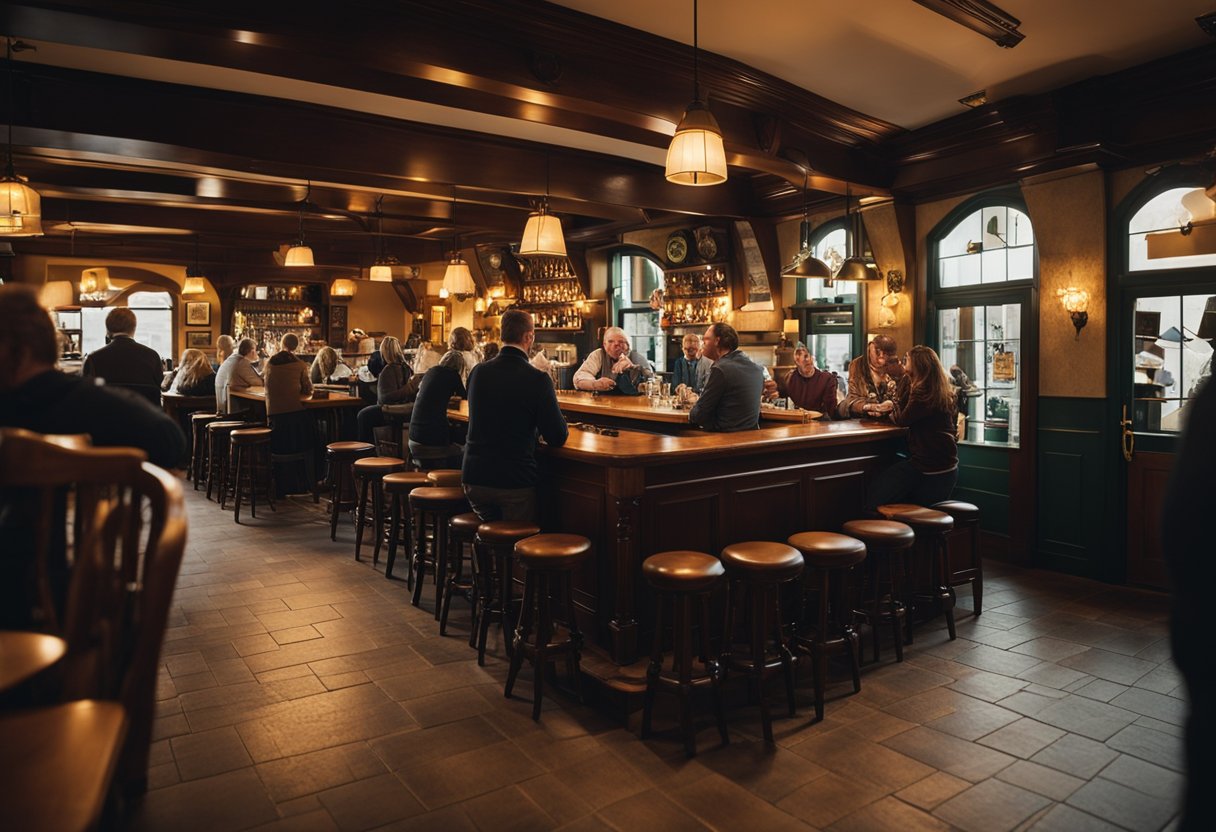
In the sweeping landscapes of North Africa, the kasbahs stand as sentinels of history, revealing a tapestry of cultural exchange and architectural mastery.
Comparative Analysis with Other Fortresses
Kasbahs are often conflated with other terms like qasbah and medina; however, they hold a distinctive place in architectural history. Unlike the citadels of Europe, which were typically centralised defensive structures, kasbahs are a unique blend of a fortified village and administrative centre. Their comparison to European fortresses is marked by their earthen construction and their role within the societal structure of North Africa, serving not just as military defences but as seats of power within local governance.
Influence on Mediterranean Architecture
The influence of kasbahs on Mediterranean architecture is undeniable. These structures, constructed out of the very earth on which they stand, have shaped the aesthetic norm of the region. Their angular silhouettes and ornamental features contrast with the fluid forms seen in the medinas. Furthermore, their utility beyond mere fortification, incorporating residential and sometimes commercial spaces, exhibits a foreshadowing of the fluid urban spaces seen in parts of Europe. The kasbahs’ impact spans across the Mediterranean, as they underscore the interconnectedness of North Africa’s architectural heritage with its surrounding geographies.
Frequently Asked Questions
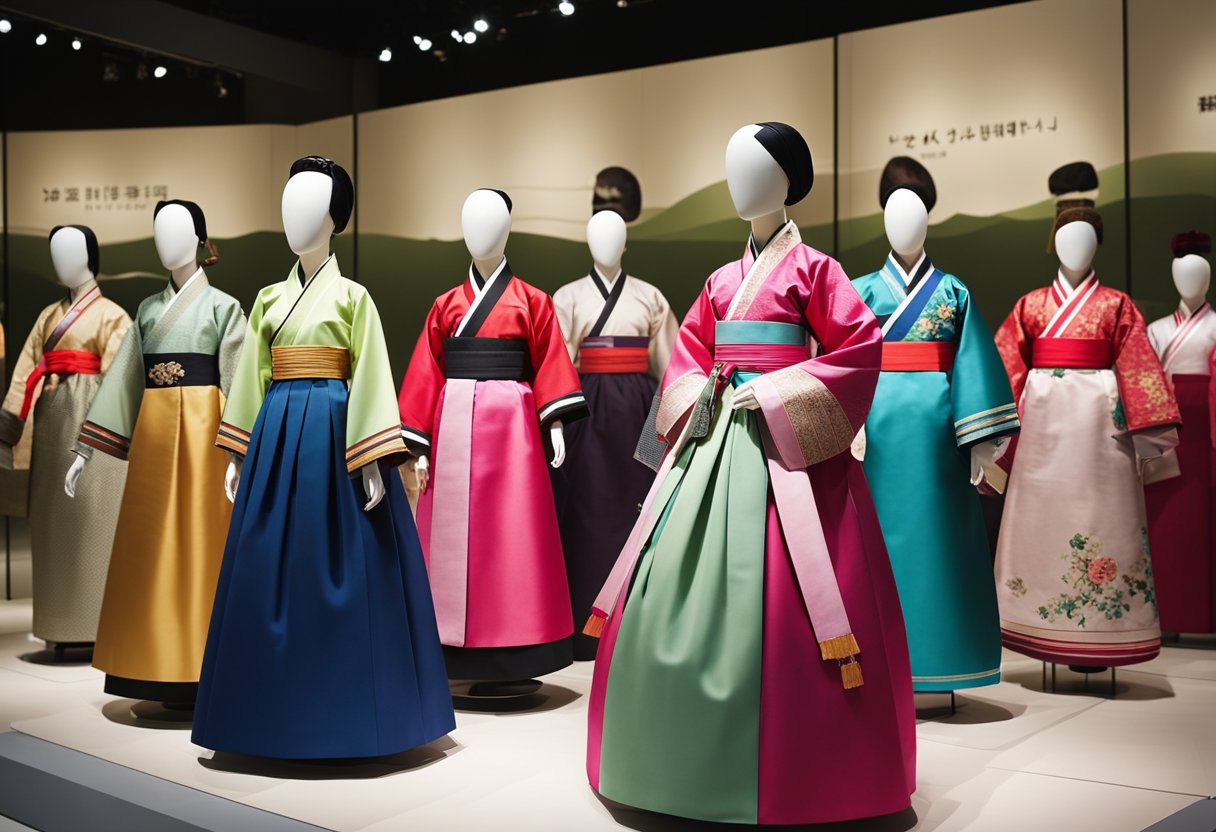
In this section, we address the most commonly asked questions about the historic Moroccan Kasbahs, revealing their significance and the rich architectural heritage they represent.
What is the historical significance of the Moroccan Kasbahs?
Kasbahs are fortified structures that speak volumes about Morocco’s past, from tribal conflicts to colonial interventions. They served as the administrative and defensive centres, often associated with local leaders or tribes.
How do the Kasbahs reflect Morocco’s architectural heritage?
Kasbahs showcase the ingenuity of Moroccan architecture through their earthen construction suited to the desert environment, intricate designs, and elaborate defence mechanisms. These structures are a testament to the traditional building techniques that have been passed down through generations.
What are some of the most famous Kasbahs to visit in the Atlas Mountains?
Within the Atlas Mountains, Ait Benhaddou stands as an exceptional example of a well-preserved Kasbah, further recognised as a UNESCO World Heritage Site. Another notable mention is Telouet Kasbah, known for its historical connection to the powerful Glaoui clan.
In which Moroccan cities can one find well-preserved Kasbahs?
Cities such as Ouarzazate are renowned for their well-preserved Kasbahs, like the impressive Taourirt Kasbah, reflecting the strategic importance these fortresses once played. Marrakech also houses the beautiful royal Kasbah district, known as Kasbah of Marrakech.
What role did the Kasbahs play in the defence of Moroccan territories?
Kasbahs were strategically located to oversee and control trade routes and local populations, serving as bastions against invasions. Their thick walls and high towers were designed to withstand long sieges and provide refuge during attacks.
What distinguishes a Kasbah from a Medina in Moroccan culture?
A Kasbah, typically a fortress or fortified palace, is distinct from a Medina, which refers to the old, walled urban heart of a city. While a Kasbah was the seat of a local ruler and served a military purpose, a Medina is a lively centre of commerce and everyday life.






